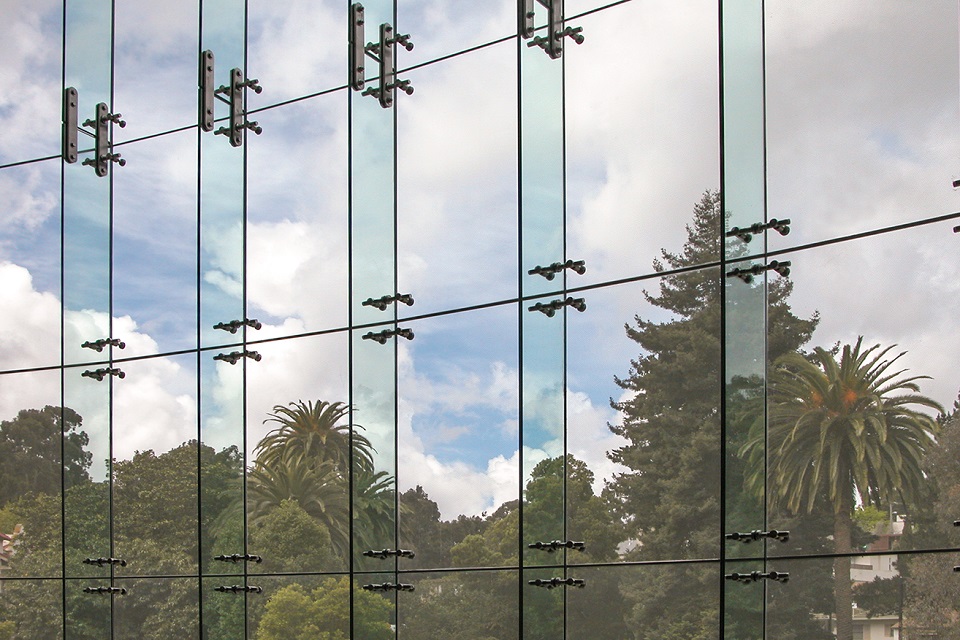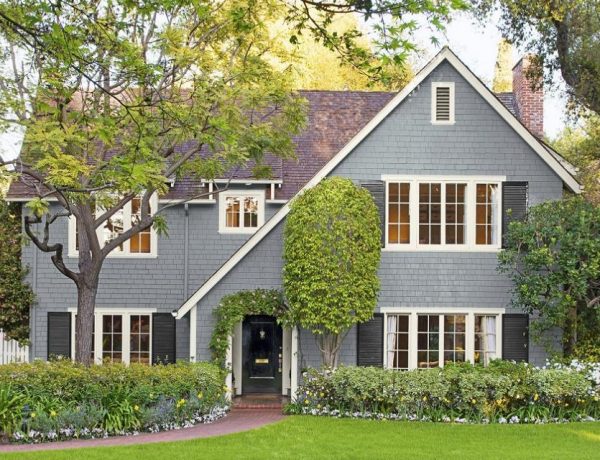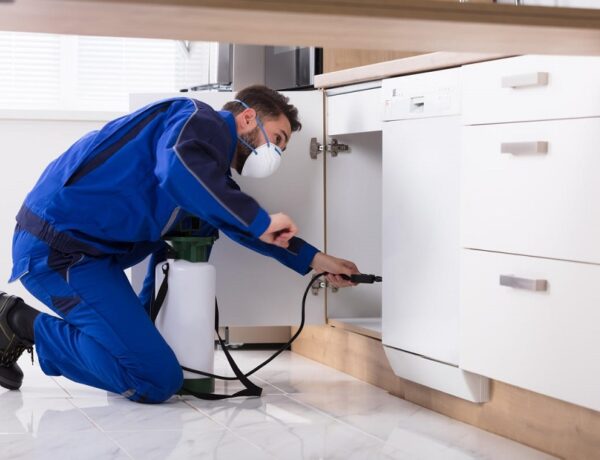Table of Contents
In this article, you will learn more about architectural glazing and the various types of glazing systems available. Whether you are building a new home, renovating an existing one, or just looking to install new windows, this article will help you make the right choice.
Unitized Systems
Unitized architectural glazing systems are designed to provide total transparency and clear sight lines. These systems are designed for any project, from simple to complex. The glass used in the system is typically bonded to the structure and sealed with a UV-resistant, durable sealant.
There are two main types of unitized systems. One involves assembly at a manufacturing facility, and the other is in the field. A structural glazing system, on the other hand, is a monolithic glazed system that does not alter the structural integrity of the existing building.
The advantages of a unitized system include higher quality, greater flexibility, and reduced time and cost. In addition, the system is less susceptible to environmental stress and movement.
It is recommended for multi-story buildings and is particularly suited to large, towering buildings. It is faster to build than other methods and requires less on-site work.
Acoustic Laminated Glass
Acoustic laminated glass is an architectural glazing system commonly used in building facades. It is an effective soundproofing option that provides superior safety, security, and UV protection.
The acoustic properties of various materials vary according to the wavelengths of the sound waves that occur around them. For instance, the damping coefficient of a solid material is almost zero at room temperature.
In an acoustic glazing system, the thickness of the glass panel has a significant impact on the level of noise reduction. Increasing the thickness of the pane will lead to an increased degree of acoustic insulation.
The use of laminated glass for soundproofing is becoming more and more common. Many property owners are choosing to install this type of glazing to reduce the noise in their homes.
Insulated Glass
Insulated glass is a strong and durable glazing material designed for thermal and sound insulation. It provides superior performance for residential and commercial applications. It is fabricated to meet energy codes and impact resistance requirements.
Depending on the building design, insulated glass units can be made in several sizes, thicknesses and coatings. A unit is a sealed unit consisting of two or more pieces of glass separated by a spacer.
Insulated glass window and door systems provide energy savings of 20 to 30 percent annually. They also help reduce noise pollution. In addition, insulating glass windows provide a barrier to heat transfer, reducing the need for heating and air conditioning.
Insulated glass is an excellent choice for architectural glazing because it offers a wide range of design solutions. For example, insulating glass can be incorporated into all-glass facades, allowing for a seamless and compelling look.
Structural Glazing
Architectural glazing is a style of translucent material used to enclose buildings. Skyscrapers, as well as other substantial business and residential structures, frequently use it.
Glass is a tough substance that works well for waterproofing and thermal insulation. Additionally, it offers a polished profile and a look at the outside world. But picking the appropriate glazing for your project is crucial.
The first step in choosing the best structural glazing system for your project is determining your needs. There are many different plans, each with advantages and disadvantages. You’ll want to consider a structural glazing system that will offer maximum protection for your building’s occupants. These include structurally glazed window frames, glass mullions, fins, entranceways, skylights, and even glass elevator enclosures.
Recent Products To Improve Glazing System
In recent years, several advances in research and product development have helped improve the safety and performance of various building envelope systems. These include but are not limited to roofing, cladding, and glazing. The most important of these is the roofing and cladding, particularly when it comes to protecting the inhabitants of the building from the elements. This is especially true of a building with high seismic resistance.
One of the most exciting developments has been the emergence of new adhesive materials and technologies that will enable the installation of resilient glazing. Glass breakage can be a severe hazard. The glass may even be a double-design hazard. Some older buildings may suffer from a substandard quality of installation.





No Comments